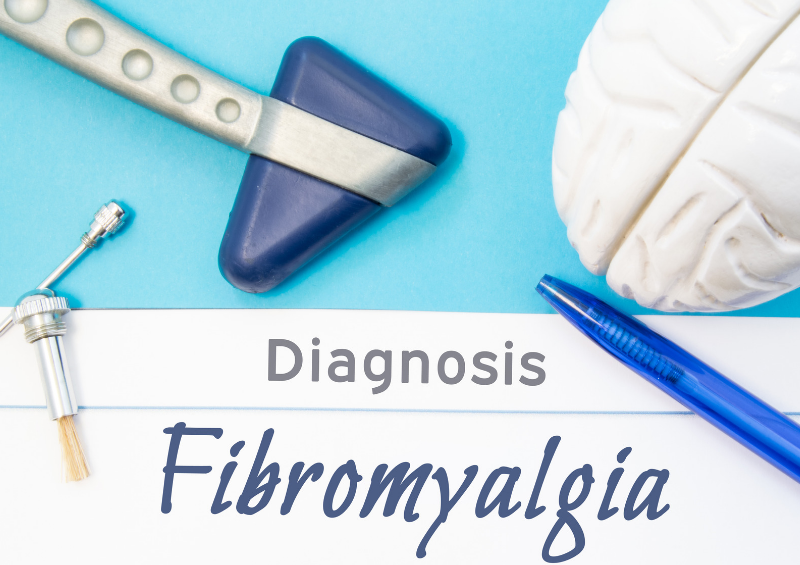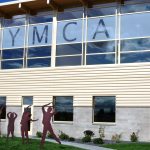
Exercise can help those suffering from fibromyalgia. Movements may include walking, yoga, and aquatic exercise. Here are some guidelines to help you program for your clients.
Understanding Clients with Fibromyalgia
As seasoned athletes, we are all accustomed to post-exercise aching muscles. While we love the results reaped from hours spent in the gym, sore muscles are a necessary evil.
Our clients, too, accept this as part of the game and even expect to feel a significant amount of discomfort a day or two following a heavy workout.
Imagine feeling muscle soreness and body aches every single day of your life, without having been to the gym or lifted a single dumbbell; pain and sensitivity to the slightest touch; overwhelming fatigue and a general feeling of malaise. Such is the life of someone dealing with fibromyalgia.
Sensitivity/Symptoms
Fibromyalgia is a condition that very often goes undiagnosed or mistaken for fatigue or the flu. It is a chronic pain disorder that affects up to 10 million Americans, the majority of whom are female. Originally identified in 1816 by a physician in Scotland, this disorder was not recognized by the American Medical Association as an “illness” until 1987.
Research suggests this phenomenon is related to faulty sensory processing in the body’s nervous system. Typical symptoms are constant dull muscle aches, usually in a particular array of “trigger points”: the back of the head, between the shoulder blades, sides of the neck, outer elbows, hips, and just inside the knees.
This pain is often coupled with extreme fatigue since patients suffering from fibromyalgia tend not to enter REM sleep. Pain is usually cited as the reason for interrupted sleep, although restless leg syndrome and sleep apnea often coexist with fibromyalgia, further exacerbating the fatigue issue.
Get Moving
While the origin of fibromyalgia remains somewhat of a mystery, there are several coping strategies with which sufferers have had a reasonable amount of success.
Prescription medications have been shown to mitigate some symptoms; however, these medications often come with a long list of side effects, some of which can be more debilitating than the fibromyalgia itself.
One of the best natural sources of relief seems to be engaging in physical exercise. Certainly, this presents a paradox for individuals affected with the syndrome, when the mere notion of garnering up the fortitude to get out of bed can seem like an insurmountable task.
When fatigue is ever-present, compounded by aching muscles, how can one possibly think about fitness?
Slow, Simple, Steady
While the natural inclination is for sufferers to restrict any movements that elicit pain, this actually works against those afflicted with fibromyalgia. The sad reality is that the longer inactivity is sustained, the easier it becomes for a small amount of movement to trigger pain.
This becomes a self-perpetuating downward spiral. In order to avoid this pitfall, clients must be coached to ease into movements, gradually assessing pain tolerance along the way, and slowly building up as discomfort and energy levels allow.
Form and Function
Muscular strength, endurance, and the aerobic fitness levels of individuals living day-to-day with fibromyalgia are lower than those of healthy individuals, a key concept to bear in mind when creating a training protocol.
One of the first steps in developing an exercise strategy for clients with fibromyalgia is to consider functional movements. Walking, driving, and even standing up from a sitting position are activities that present daily challenges.
Posture, too, is often an issue, creating even more muscular imbalances. Setting small, realistic goals that revolve around increasing a client’s strength and flexibility for participation in activities of daily life will serve to strengthen his self-efficacy and his desire to continue training.
Exercise Your Options
While walking is certainly one of the most readily available forms of exercise, research has shown that yoga is an ideal activity for fibromyalgia patients. Yoga can increase blood flow throughout the body, thereby facilitating joint mobility and flexibility. The movements also tend to shift the nervous system away from “stress mode” and into a state of relaxation.
Such a gentle but effective form of exercise can help the body increase production of serotonin and adrenaline, both of which serve as pain inhibitors. Remembering to begin slowly at first, there is an increasing body of scientific evidence that points to the value of exercising for even as little as 20 minutes a day.
Since fatigue is a major component, 20 minutes may seem like 2 hours at the outset; but gradually the benefits outweigh the initial discomfort. Over time, the body’s ligaments and tendons will become strengthened, leading to enhanced muscle tone. Endorphin release, too, helps alleviate some of the anxiety associated with living in a state of constant pain.
If the facility where you see clients offers a warm-water swimming pool, consider an aquatics workout. Research published in the Journal of Physical Therapy Science reveals that in some cases, exercising in a pool was more beneficial than gym-based exercise in relieving fibromyalgia symptoms. This is most likely related to the buoyancy factor eliminating joint impact.
We all strive for an improved state of being when we engage in physical activity. The same is true for those living with fibromyalgia. While the intensity of the activities we choose may vary, each of us is on a similar path, regardless of our unique challenges.
Health and wellness are within everyone’s reach, even if that reach is more painful for some than for others. The results are well worth the effort!
References
- https://www.webmd.com/fibromyalgia/features/fibromyalgia-exercise-one-step-time#1
- https://www.healthline.com/health/best-exercises-for-fibromyalgia-pain
- https://www.ncbi.nlm.nih.gov/pmc/articles/PMC4499983/
- https://fibromyalgianewstoday.com/2017/10/05/reasons-to-exercise-fibromyalgia/
- https://fibromyalgianewstoday.com/social-clips/2016/10/25/seven-things-fibromyalgia-patients-want-you-to-know
- https://fibromyalgianewstoday.com/2018/04/18/altered-body-awareness-may-contribute-to-fibromyalgia-pain-sensation/
- https://www.yogajournal.com/lifestyle/pain-reliever
- http://www.the-rheumatologist.org/article/exercise-guidelines-for-fibromyalgia-patients/






